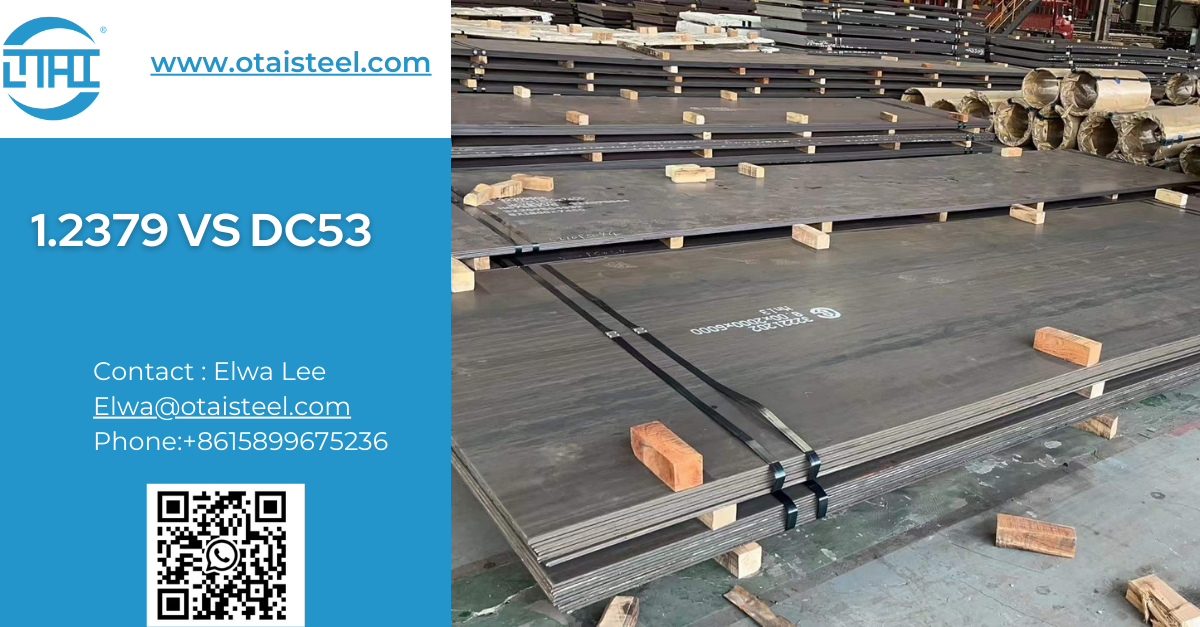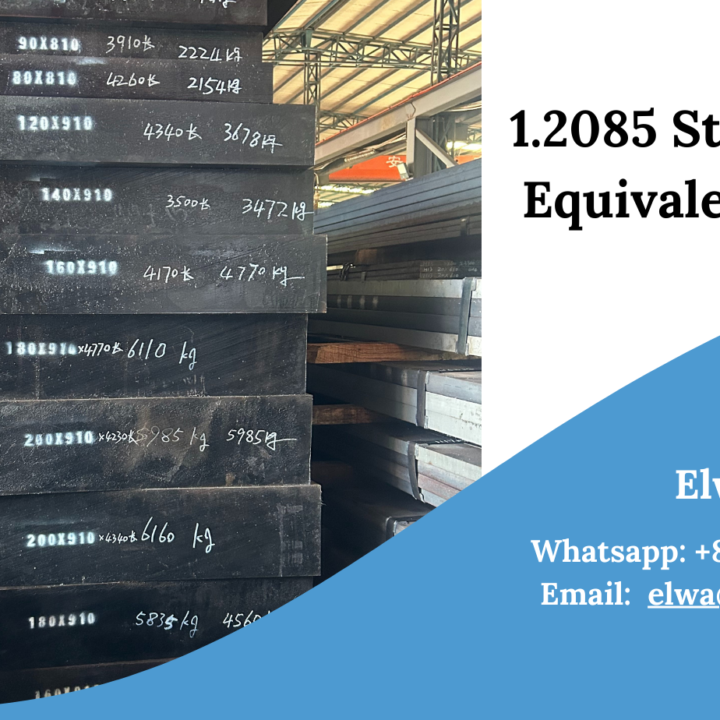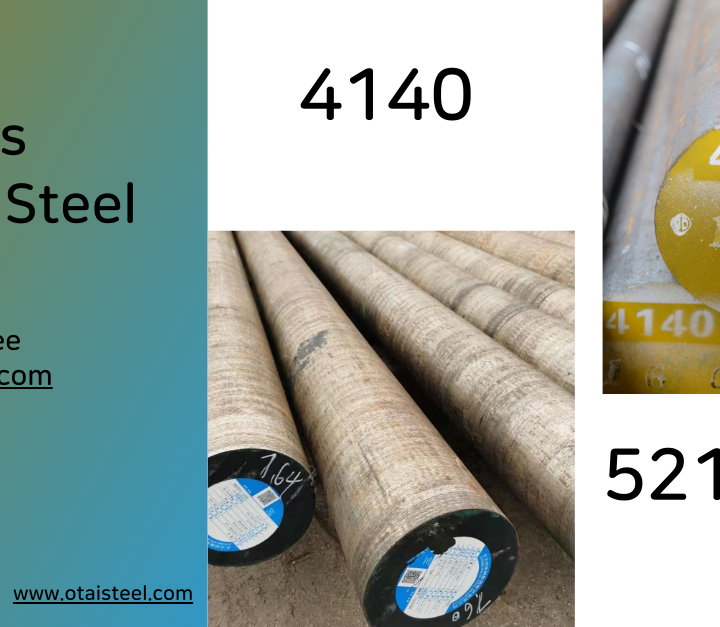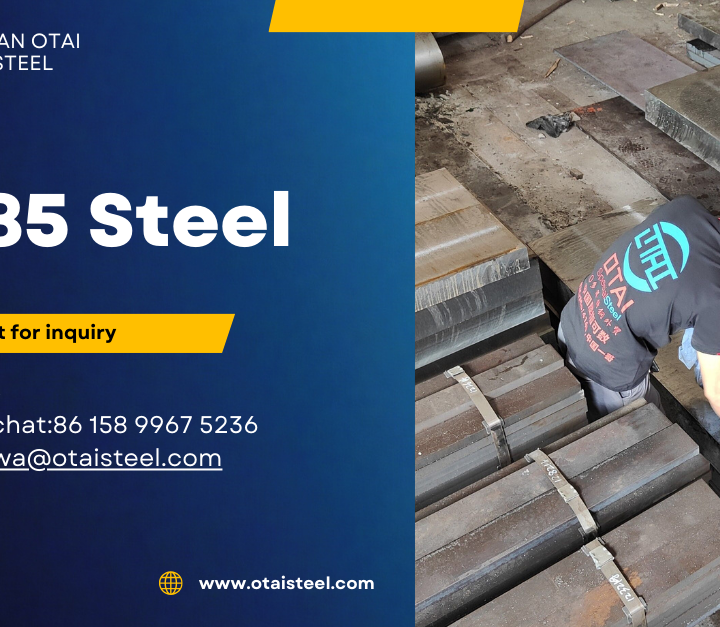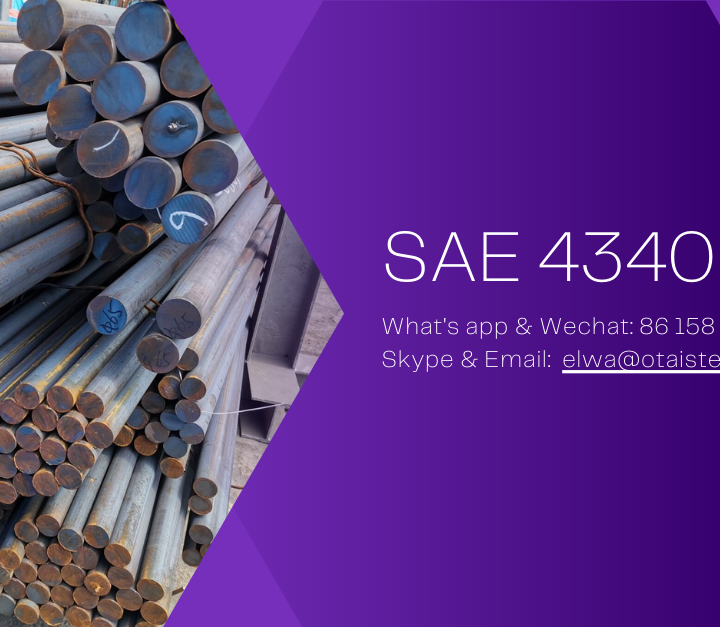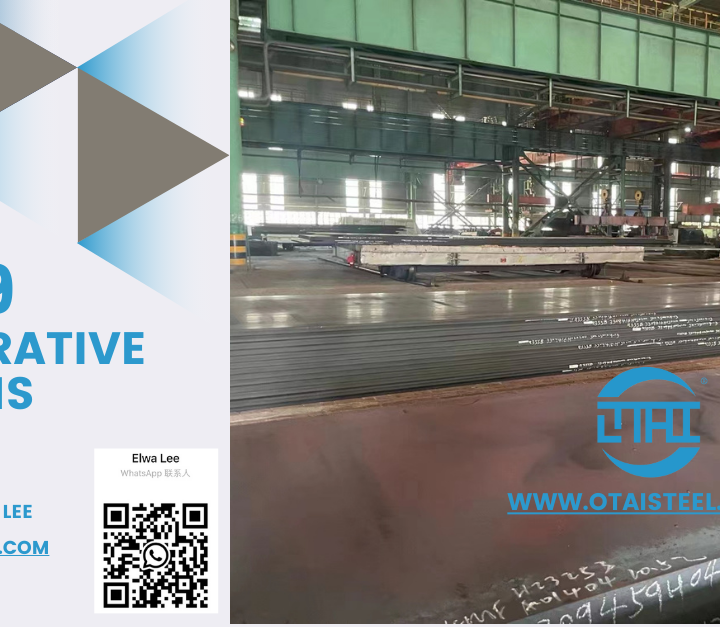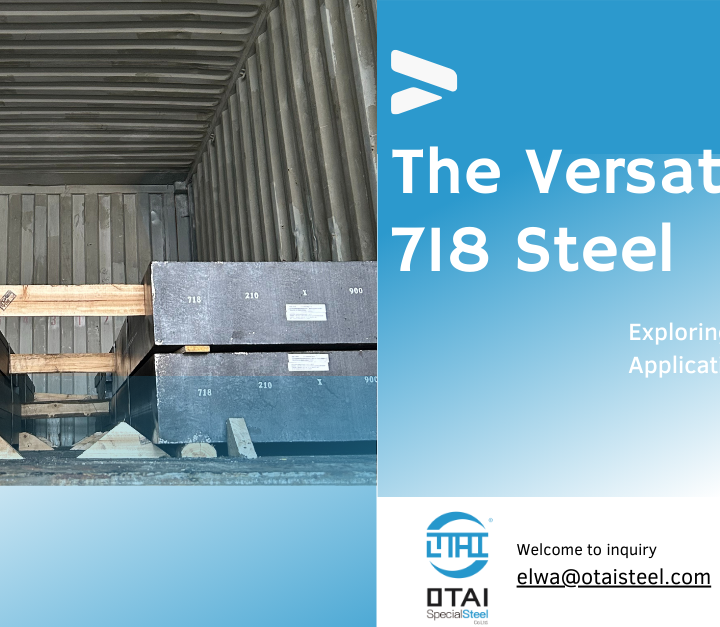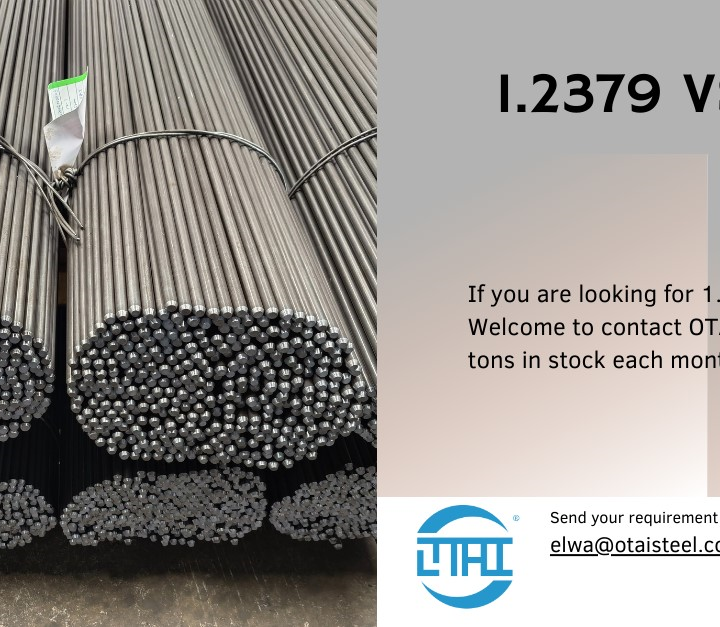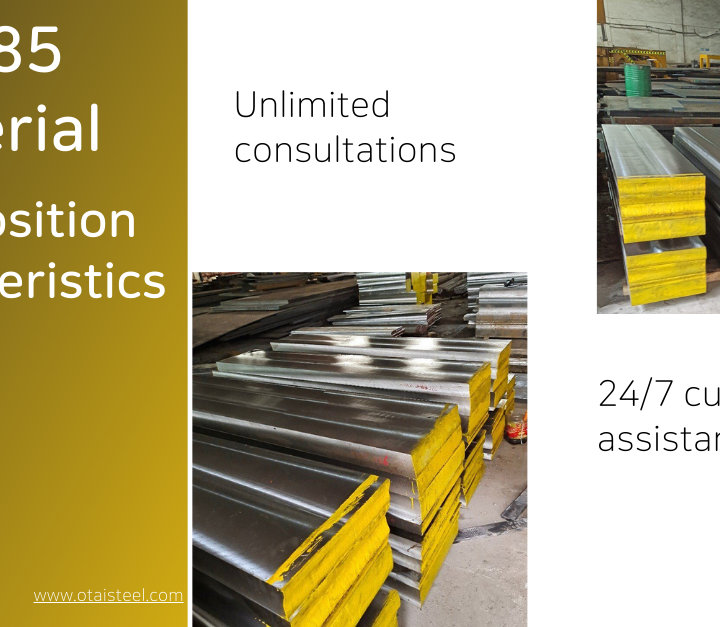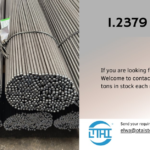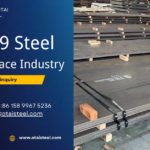In the intricate landscape of industrial applications, steel choice is pivotal for project success. Two contenders, 1.2379 and DC53, merit a comprehensive comparison. This article aims to unveil their strengths and weaknesses, empowering readers to make informed decisions.
1.2379 Steel: Strengths and Weaknesses
Strengths
- High Wear Resistance: 1.2379, or D2 steel, excels in wear resistance, ideal for tools in abrasive conditions.
- Impressive Hardness: High carbon and chromium ensure impressive hardness, vital for tool reliability.
- Versatility: Suitable for precision cutting tools to mold making, offering versatility across industrial sectors.
Weaknesses
- Brittleness: Despite hardness, 1.2379 can be brittle, requiring careful handling.
- Complex Heat Treatment: Achieving optimal properties demands precise heat treatment, adding processing complexity.
DC53 Steel: Strengths and Weaknesses
Strengths
- Exceptional Toughness: DC53’s exceptional toughness suits applications needing resistance to chipping and cracking.
- Stability in Heat Treatment: Unlike 1.2379, DC53 shows stability in heat treatment, simplifying processing.
- Improved Machinability: Enhanced machinability streamlines manufacturing, reducing production time.
Weaknesses
- Lower Wear Resistance: DC53’s wear resistance may be lower than 1.2379, affecting suitability for specific applications.
- Specific Applications: DC53 excels in specific applications, not universally optimal.
Specific Industrial Applications: Where Each Excels
1.2379 in Industrial Applications
- Metalworking: Excellent for precision cutting tools and dies in metalworking.
- Woodworking: Hardness and durability make it ideal for woodworking applications.
- Plastic Molding: Versatility extends to plastic molding, contributing to precision and mold longevity.
DC53 in Industrial Applications
- Cold Work Tooling: Ideal for cold work tooling, providing resistance to chipping and cracking.
- Stamping and Forming: Stability in heat treatment makes DC53 reliable for stamping and forming.
- General Tool and Die Production: Balanced properties suit general tool and die production, offering versatility.
Conclusion: Informed Decision-Making for Optimal Outcomes
Industries navigating steel selection benefit from understanding 1.2379 and DC53’s comparative advantages. Weighing strengths and weaknesses guides readers to make informed decisions aligned with their project needs. Whether seeking wear resistance in metalworking or toughness in cold work tooling, the right choice lies in understanding distinct properties and applications.
FAQs
- Best steel for precision cutting tools, 1.2379 or DC53?
Choice depends on specific needs. 1.2379 offers high wear resistance; DC53 provides exceptional toughness.
- Can DC53 be used in plastic molding?
While DC53’s wear resistance may be lower, it can still suit plastic molding, depending on project demands.
- Is 1.2379’s brittleness a significant concern?
Careful handling mitigates brittleness; benefits in wear resistance and hardness often outweigh this concern.
- DC53’s improved machinability industries?
Advantageous in various industries, especially applications involving stamping, forming, and general tool and die production.
- Role of stability in heat treatment for DC53?
Enhances processing, contributing to overall performance in industrial applications.
